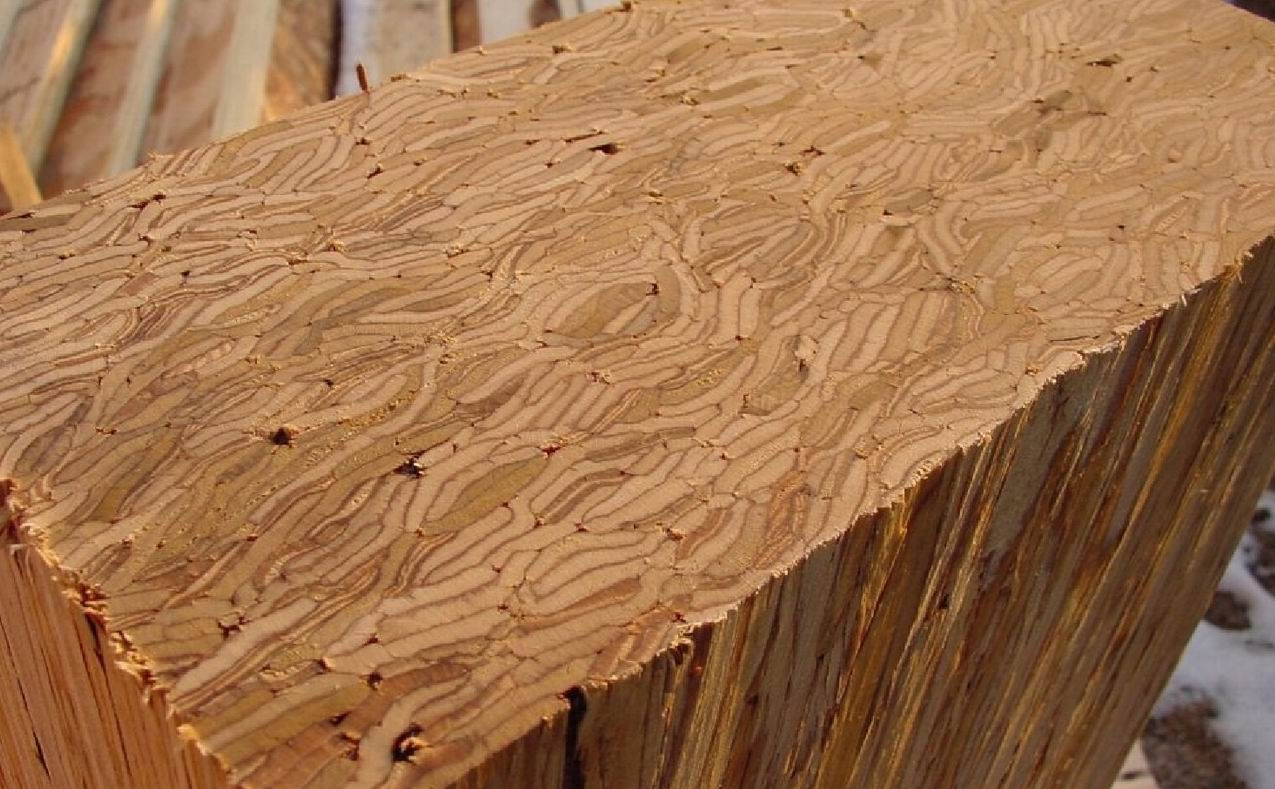A few years ago, I visited one of the largest, most advanced sawmills in North America and I came away with something unexpected regarding engineered wood products.
This massive facility pumps out enough 2x4s and 2x6s to frame 15,000 homes each year, but it was a passing comment from an electrician that stuck with me as much as anything else.
“We only mill small stuff these days,” he explained. “There just aren’t enough big logs in the forests for miles around here anymore to make 2x10s and 2x12s.”
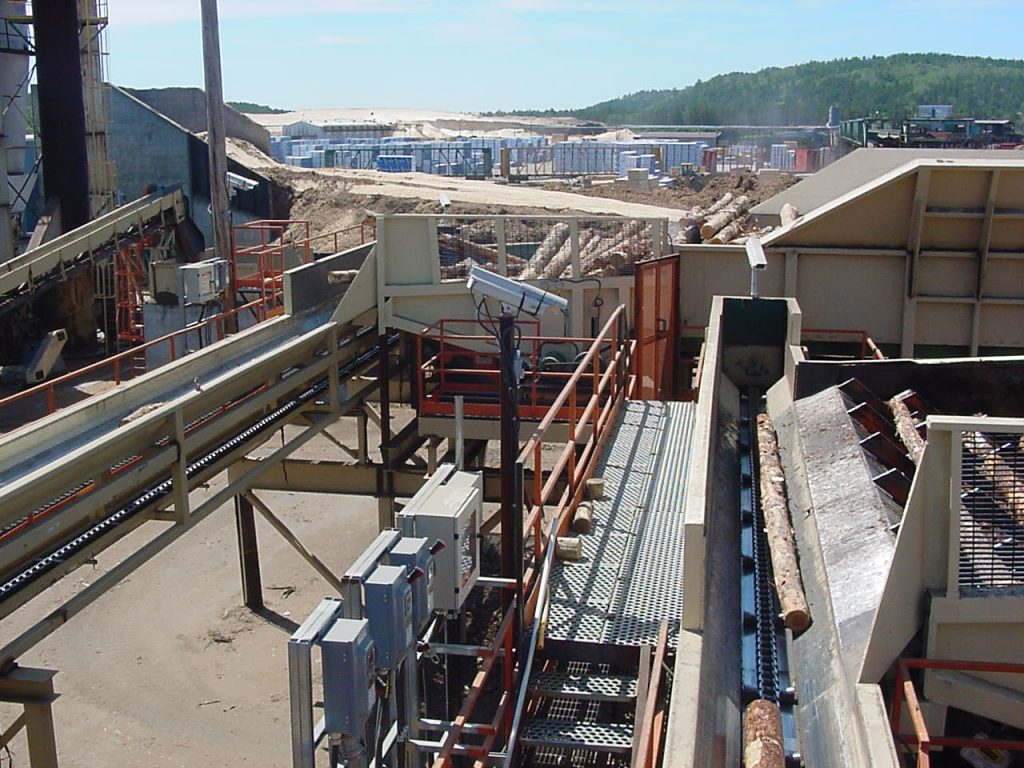
Strong lumber from small trees
Sometimes the most obvious facts carry the greatest weight, and that’s why I keep thinking about that terrific sawmill and its inability to produce big lumber. You can invest in all the highest-tech equipment on the planet, but nature won’t be rushed.
Trees only grow so fast, and that’s one of the reasons behind the increasing popularity of engineered wood products. They offer terrific building opportunities while requiring only young, fast-growing forest resources to make. The engineered floor joists below are from a project I built in 2007. These joists span distances that regular lumber could never do.
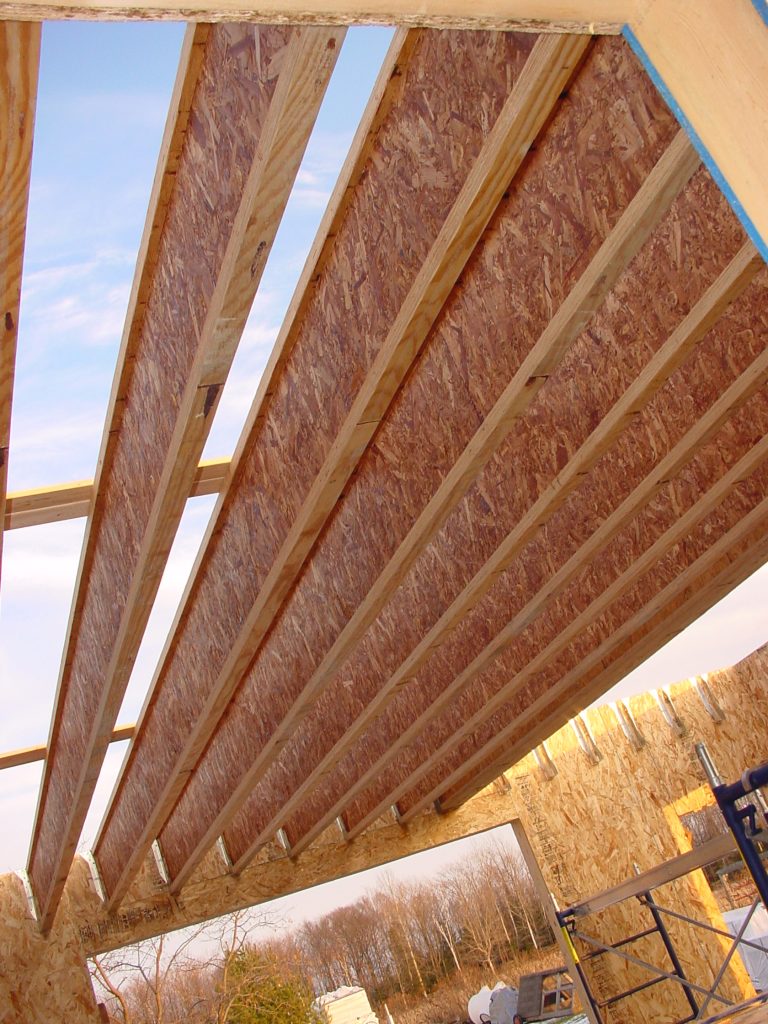
Another reason for the rise in popularity of engineered wood products is an increase in homeowner expectations. When it comes to floor joists, rafters, beams and wall studs, the new breed of options simply does a better job than anything available before.
Engineered wood products include any kind of building material made from wood chips, fibres or strands that are assembled into a structural member or sheet product. Oriented strand board (OSB) is the most popular engineered product right now, but there are other types that offer much greater advantages than homely old OSB.
You’ll be seeing more of these in the near future and you need to make sense of them. Used correctly, engineered wood products offer a competitive advantage to dedicated builders and discerning homeowners everywhere.
Long spans, quiet floors
If you could look at a big, solid wood floor joist or roof rafter under load and see what part of the board is actually doing the most work, you might be surprised. The closer to the top and bottom edges of the plank, the more tension or compression the wood is under. The area in the middle of a joist or rafter doesn’t contribute much to the load-bearing capacity of a structure. This is why sawn planks that are rectangular in cross section aren’t anywhere near the most efficient shape. They’re just the easiest ones to cut.
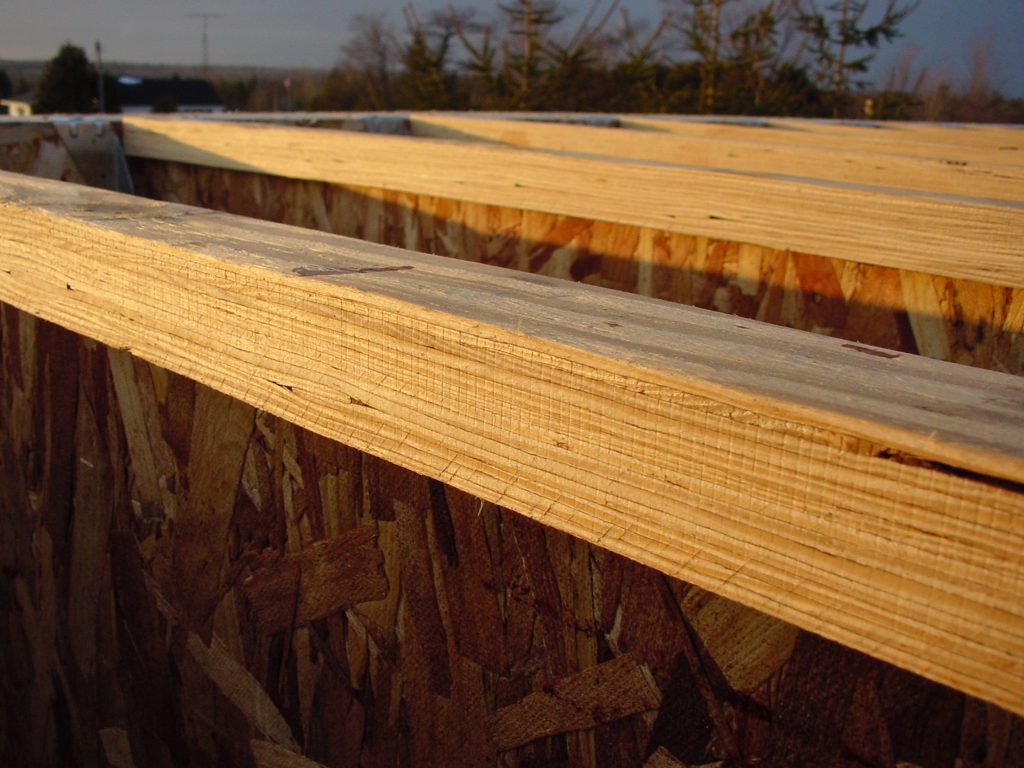
Getting the most floor and roof performance from the least amount of wood fibre is the idea behind composite wooden I-beams, but that’s just theory. Until you’ve actually worked with them, it’s easy to miss their advantages.
There are three reasons composite joists and rafters make sense:
- They’re much lighter than solid wood planks offering the same carrying capacity.
- They’re straight as an arrow right off the truck and they stay that way regardless of conditions.
- Composite joists and rafters can also span huge distances without supplemental support. Spans of 25 feet and beyond without columns or beams are no problem.
The secret behind this good new story is the concentration of wood along the top and bottom edges of wooden I-beams. Most designs include a hefty layer of thick plywood — called a flange — where tension and compression forces are greatest. This rearrangement of materials makes all the difference.
The area between flanges is spanned with high-grade, structural OSB webs that are typically about 3/8-inch thick. Besides making for a strong, light package, webs are also easily drilled to accept wires and pipes. Some brands are pre-punched for utilities installation.
Due to their predictable engineering qualities, wooden I-beams are part of a revolution in floor design that’s delivering better living experiences in finished homes across the world.
Dream beam
Even if you live next to a West Coast rain forest sawmill and its big-size lumber output, the size restriction of solid wood beams can still limit house design and construction. That’s one reason why composite beams are gaining popularity.
The other reason is that forests everywhere aren’t what they used to be. Logs are getting smaller in some places, while homeowner expectations for wide open interior spaces are on the rise. This is where composite timbers enter the scene.
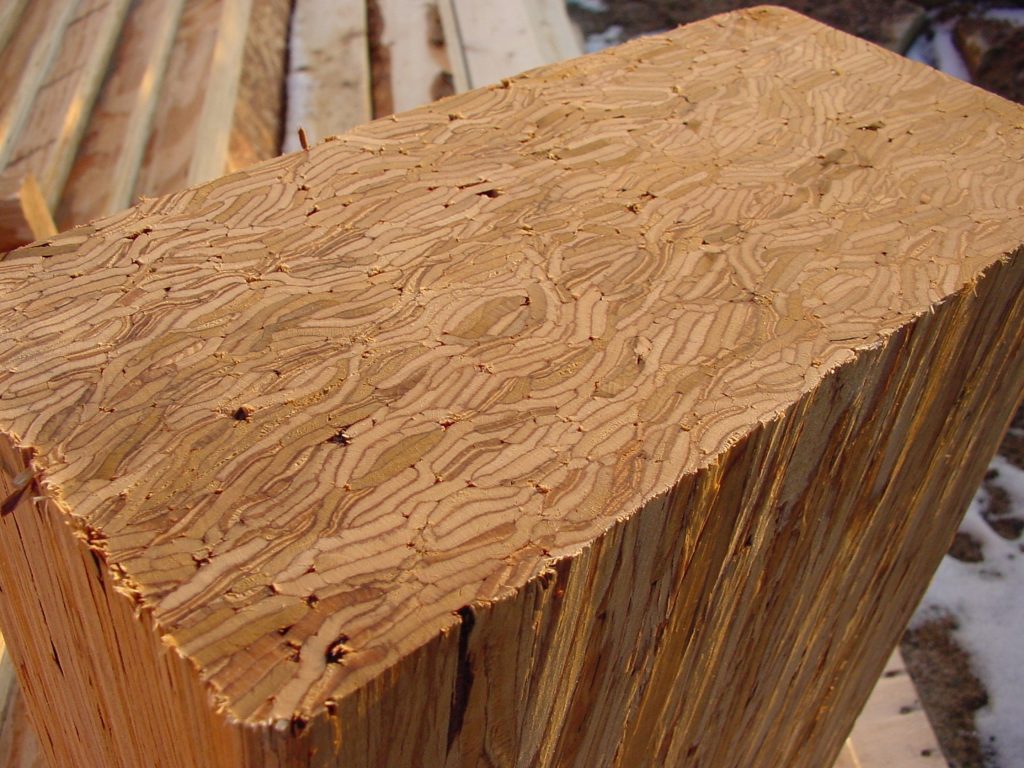
Built something like really thick, high-grade OSB, composite timbers make use of the fastest growing, youngest trees to create strong, predictable structural members of terrific size, strength and stability. As much as 75 per cent of wood fibre that leaves the forest makes its way into finished engineered products that are low in moisture content, very rigid and perfectly straight.
The word “timber” is a convenient shorthand for a class of product that varies in composition, appearance and size, and that’s why applications go beyond just honking-big horizontal members. You’ll find engineered timbers make the most sense wherever the wonky nature of solid lumber is troublesome. This includes headers, interior beams and columns.
Rim boards for capping the ends of wide, composite I-beam floor joists and rafters are also the ideal application for engineered timber stock. Had enough of call-backs to patch drywall pops? Engineered studs are an option that limits this kind of fun, especially as part of tall, prominent walls.
If necessity really is the mother of invention, then she’s also got something to say about improvement. Thirty years from now, today’s typical homes will look a lot like the houses built during the 1970s seem to us now — serviceable, but somewhat wasteful and crude. Incremental improvement is the way the world gets better these days, and engineered wood products are one of them.
Innovation experts who study the adoption of new ideas in the world have noticed a pattern they call “the tipping point.” This is the relatively short period during which long-term, ongoing efforts to introduce an improvement to the marketplace finally pick up speed in a big way as the innovation moves into mainstream acceptance. Engineered wood products have begun to tip right now, and they’re changing the way we build and manage our forest for the better.
Engineered by design
It’s more than just the new building products that are engineered. Their application is, too. Since engineered materials are so predictable, manufacturers offer design services that help you choose the right product for various applications.
Ask about design services for engineered products when you’re spec’ing your job. This is especially true with floor systems. You can factor in more or less floor stability depending on project budget.
Cutting composites
Building with big, single-piece engineered headers and beams saves time, but only if you have the equipment to cut them accurately in one pass.
One excellent tool for this job is a little-known saw attachment called the Prazi Beam Cutter. It includes a chainsaw-type bar that bolts to most worm-drive or sidewinder saws, creating a 12-inch cutting depth. I bought a Prazi before building my workshop with structural insulated panels, and it quickly became one of my favourite power tools.
Not crazy about building with a chainsaw? Don’t worry. The proprietary cutting chain on the Prazi slices just as smoothly as a regular saw and is easily controllable. Even when gang-cutting a big stack of OSB sheathing, tear-out along the top of the pile is almost nothing.
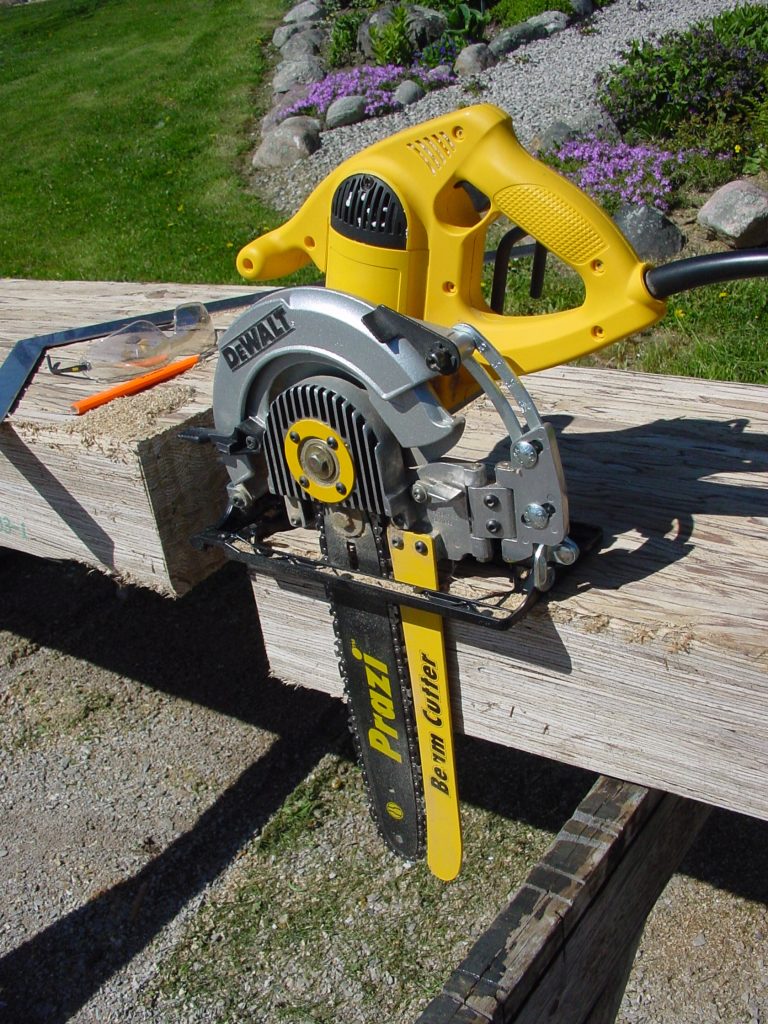
Score more floor
Wood-framed residential floors have been getting better over the last 20 years thanks to new materials and diligent engineering research going on behind the scenes.
One of the longest-running floor improvement programs comes from Trus Joist, a pioneer in the manufacture of engineered floor systems. Back in the 1960s, they recognized that standard building code requirements for floor deflection and bounce offered little assurance of widespread acceptable floor performance.
Some people think code-built floors are fine, some are annoyed out of their minds by slight movement and squeaks under foot. A better yardstick was needed.
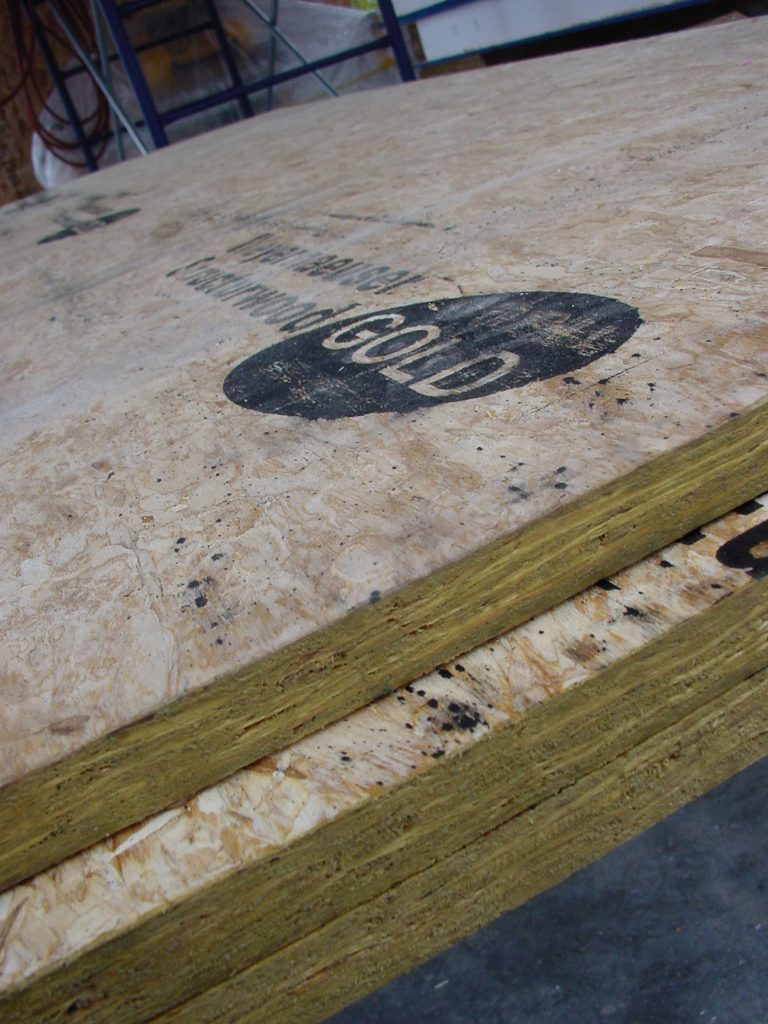
To get a more quantitative handle on actual homeowner satisfaction with their floors. Trus Joist began compiling performance information from nearly 1,000 field and laboratory floor applications, beginning in the early 1990s. This information was used to create a computer model that now predicts the actual level of customer satisfaction experienced by people who live with various types of floor frame systems.
The performance value of the Trus Joist rating system usually varies between 25 (about 28 per cent of the population finds this floor acceptable) and 60 (99.9 per cent of people approve). Engineering variables include the size and type of floor frame members, subfloor materials used, and the systems for anchoring the subfloor.
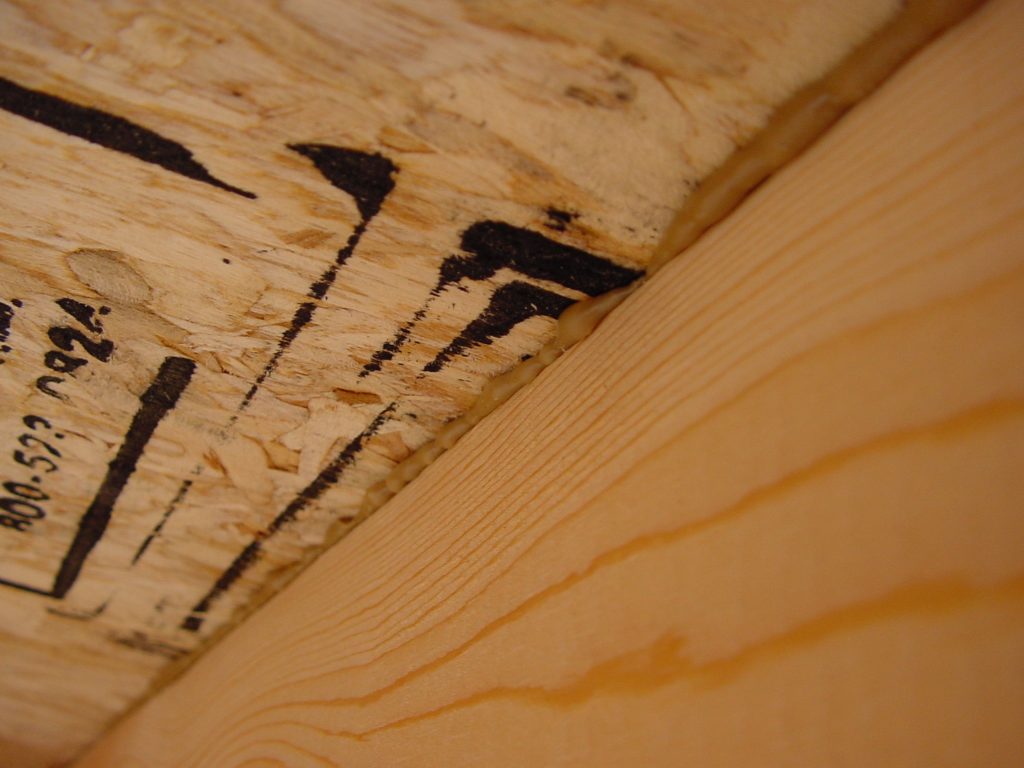
The bottom line in all this is simple. Meeting minimum code requirements alone may not give you the floor performance you expect. If you’re specifying a floor in a new building or renovation, or framing one on your own, look beyond the code book for the latest in floor performance analysis.
One thing’s for sure, though. If nothing else, be sure to fasten your subfloor with both glue and screws. This is an easy and highly effective way to make a better building.
